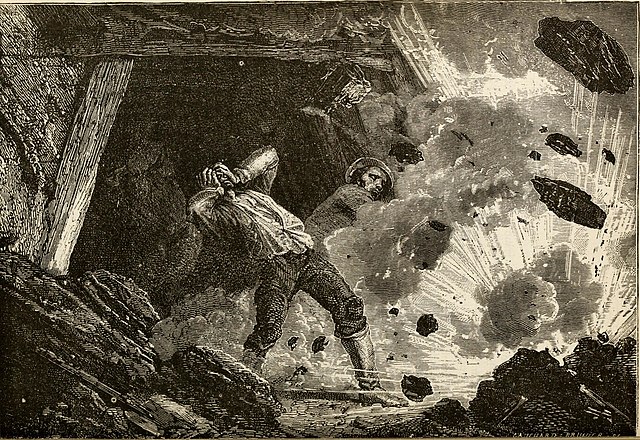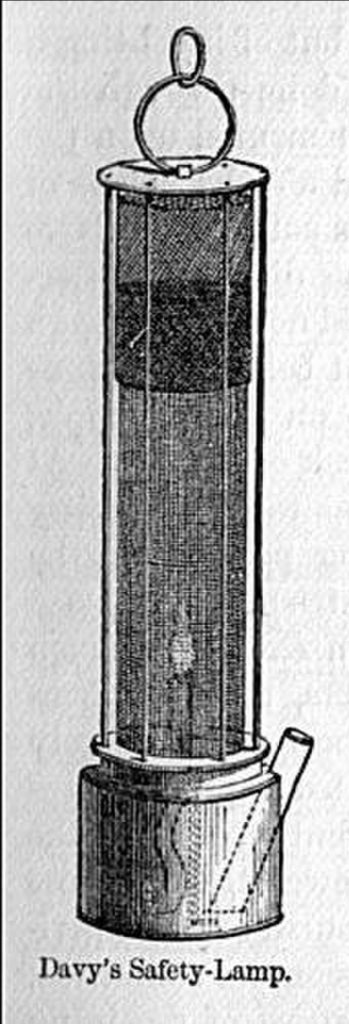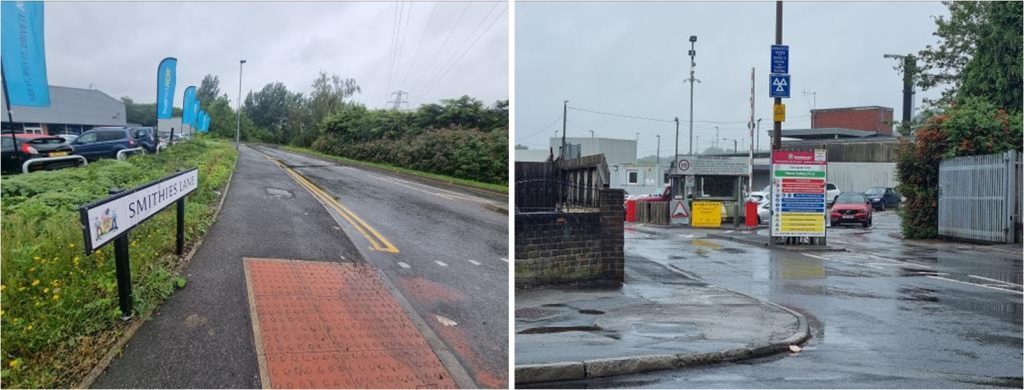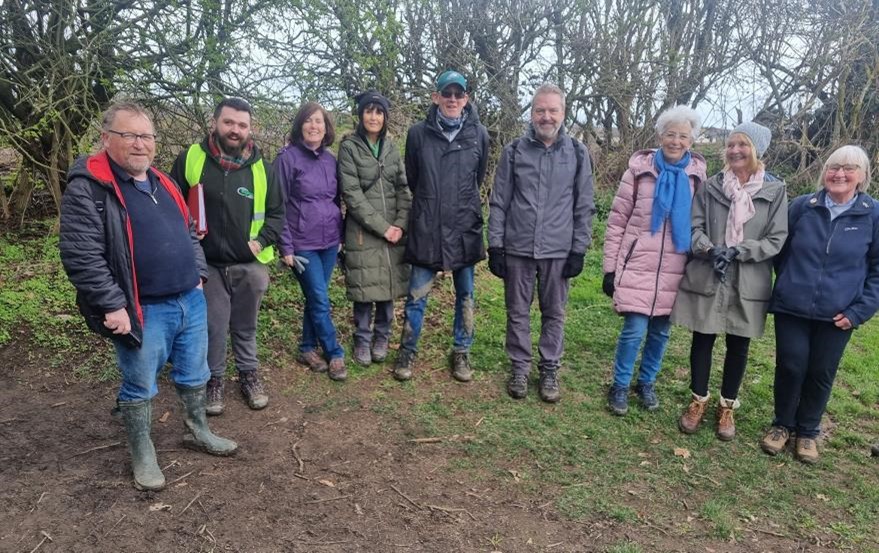By Joshua Daniels
Just after midnight on 18th October 1883, Wharncliffe Carlton Colliery suffered a disaster that saw the death of 20 men and boys.
Based in the Smithies area of Barnsley, close to the border between Monk Bretton and Carlton, Wharncliffe Carlton Colliery had been operating for around five years before that fateful day.
Its owner at the time, Robert Craik, sunk Wharncliffe Carlton to increase the capacity of coal extraction from his nearby East Gawber Hall Colliery. The two pits were connected underground and Craik employed 800 people to work the Barnsley seam.
The Wharncliffe Carlton pit had already seen a few deaths before the disaster, owing to events such as roof falls and accidents. That was, however, the nature of coal mining – it was a notoriously dangerous job. Whilst it was known as a somewhat gassy pit, and gas was a huge problem for some pits, it was not dangerously gassy – at least, not until that tragic Thursday in October 1883.

There were 25 maintenance men working the night shift, although only 20 of those were working near the lower section of the pit, called the ‘dip’ where the explosion occurred.
All 20 men in the dip perished, thought to have been suffocated by the gas. The youngest was 14, named James Flatney, and the eldest was 65-year-old George Egley. There were sons and fathers, such as William Mason and his only son, 16-year-old George.
Had it happened in the daytime, as many as 175 could have been killed. Of the five men who escaped, only one was hurt – the horse keeper. It wasn’t until October 21st that any bodies were recovered. The roof fall had blocked the roads and 60 volunteers did shifts to try and clear the debris, but the afterdamp was so severe.

It was discovered on the 21st as well that there was another fire burning in the pit. After attempts to extinguish it, ultimately there was another explosion the following day. This explosion, however, only resulted in a few injuries.
To put out the fires, the mines had to be flooded – in fact, after the second explosion, the pumping shaft was putting so much water into the pit that it was out of operation for weeks. This flooding meant that only 17 of the 20 bodies could be recovered.
It has never been discovered what truly caused the explosion, but it most certainly was a gas explosion. A subsequent inquiry revealed that it may have been a falling rock, releasing some gas, that was then ignited by a faulty lamp. Despite this, there was no evidence of any negligence, malpractice, or intentional damage, and all checks had been done. As the inquiry said, some lamps are just faulty.
Nonetheless, it is a real tragedy that this short-lived pit is quite forgotten, and its only real legacy is this disaster. Craik sold the colliery in 1893 to J.J. Edey until its closure in 1910. The site is now used by Barnsley Council as a commercial waste centre.

Healthy Heritage Walking Festival
Joshua Daniels is a public historian and filmmaker from Rotherham. This autumn, he is leading a series of heritage walks around South Yorkshire in collaboration with social isolation charity, Westwood.
Wednesday 27th September – Elsecar Expedition
Saturday 30th September – Wander around Wentworth
Wednesday 4th October – High Green Heritage Hike
Saturday 7th October – Wander in the Woods Elsecar

All walks start at 10.30am. Some walks are more accessible than others, so please contact Josh via email for full details such as meeting points, distance and route difficulty joshdanielshist@gmail.com
Find out more about Josh on his website.






